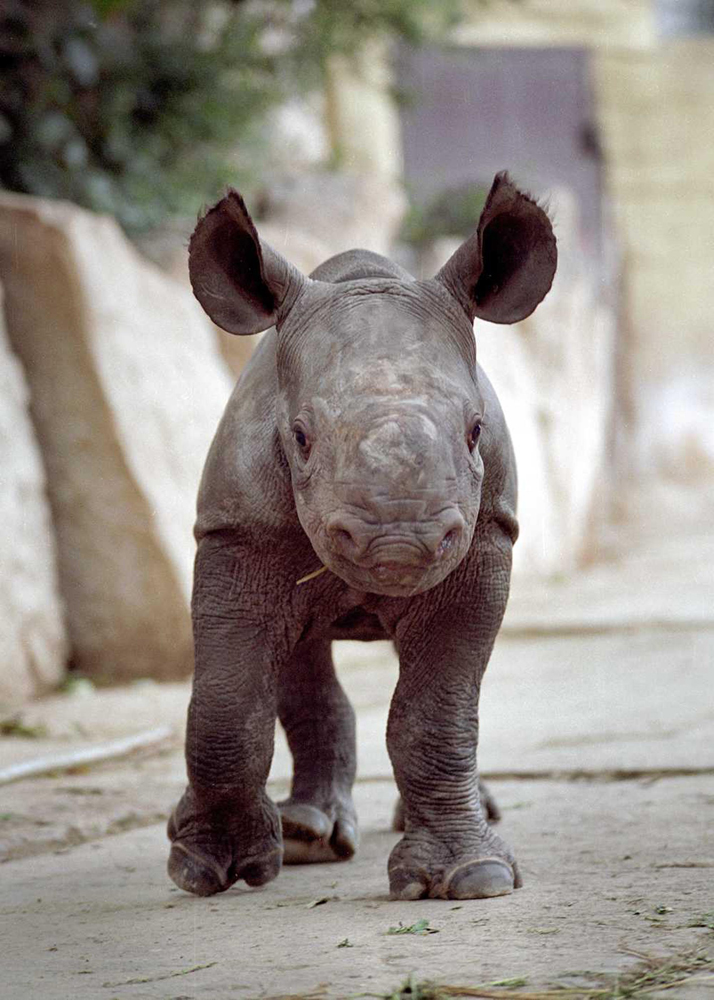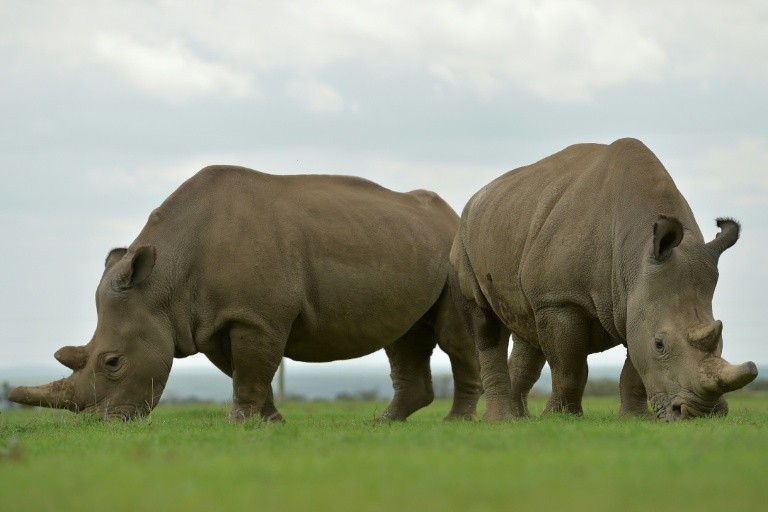

Thus, changes in the gut microbiome during pregnancy and lactation may have a similar function: commensal relationships with gut microbiota may help females compensate for energetic shortfalls during reproduction 1, 9, 22. Mammalian female reproduction is strongly constrained by energy, and females are known to employ varied behavioral (e.g., increasing intake, decreasing activity) and physiological strategies (e.g., allocating energy away from immunity) to decrease daily energy consumption of non-reproductive functions and increase the energy available for reproduction 18, 19, 20, 21. Knowledge of these interactions is critical for our understanding of host physiology, health, ecology and evolution. However, few studies have simultaneously measured reproductive hormone concentrations and gut microbial community composition across cycling, pregnant, and lactating individuals 5. Limited evidence suggests that estrogens, in particular, can drive shifts in gut microbial composition 16, 17. These hormones are therefore likely candidates for mediating changes in the gut microbiome. Reproductive hormones - including progestagens and estrogens - orchestrate a number of physiological changes during pregnancy, including alterations in inflammatory immune responses, as well as changes in maternal metabolism and cardiovascular function 15.
RHINO PREGNANCY PERIOD DRIVERS
While potential drivers include diet, behavior, and social factors, several authors have suggested that reproductive hormones are likely mediating these changes 6, 9, 14.

Little is known about the proximate mechanisms underlying shifts in the gut microbiome across reproductive state. Similarly, in humans, one study reported decreases in diversity over the course of pregnancy 8, and two others reported no change in diversity between the third trimester and postpartum 6, 13. For instance, in bats, gut bacterial diversity was significantly higher in pregnant and lactating females 2, while in captive mice and oviparous lizards, pregnancy reduced alpha diversity 3, 4.

Additionally, the direction of change and the specific taxa involved vary across studies. However, not all studies of humans have consistently found changes in the gut microbiome during pregnancy and lactation 11, 12. In support of this expectation, shifts in gut microbial diversity and composition during pregnancy and lactation have been reported in a number of vertebrates 2, 3, 4, 5, including humans 6, 7, 8 and nonhuman primates 9, 10. Because many of these processes dynamically change in response to reproduction, alterations in the female gut microbiome are expected across reproductive stages. The gut microbiome interacts closely with host physiological processes, including growth, metabolism, and immunity 1. Our results indicate that reproductive hormones, specifically progestagens, contribute to the shifts in the gut microbiome during pregnancy and lactation. Seasonality (rainfall and periods of phytoprogestin consumption) additionally influenced gut microbial diversity and composition. Additionally, fP concentrations predicted both unweighted and weighted UniFrac distances, while reproductive state only predicted unweighted UniFrac distances. Females had lower gut microbial diversity during pregnancy and fP concentrations were negatively correlated with diversity. Our results indicate that while overall reproductive stage affected gut microbiome composition, the observed patterns were driven by reproductive hormones. We described the microbial taxonomic composition of 91 fecal samples from 15 females (n = 16 cycling, n = 36 pregnant, n = 39 lactating) using 16S rRNA gene amplicon sequencing and assessed whether the resulting data were better explained by overall reproductive stage or by fecal estrogen (fE) and progesterone (fP) concentrations. Here, we use longitudinal data from wild Phayre’s leaf monkeys to test the hypothesis that fluctuations in reproductive hormone concentrations contribute to gut microbial shifts during pregnancy. However, the specific mechanisms underlying these shifts are not well understood. Studies in multiple host species have shown that gut microbial diversity and composition change during pregnancy and lactation.


 0 kommentar(er)
0 kommentar(er)
